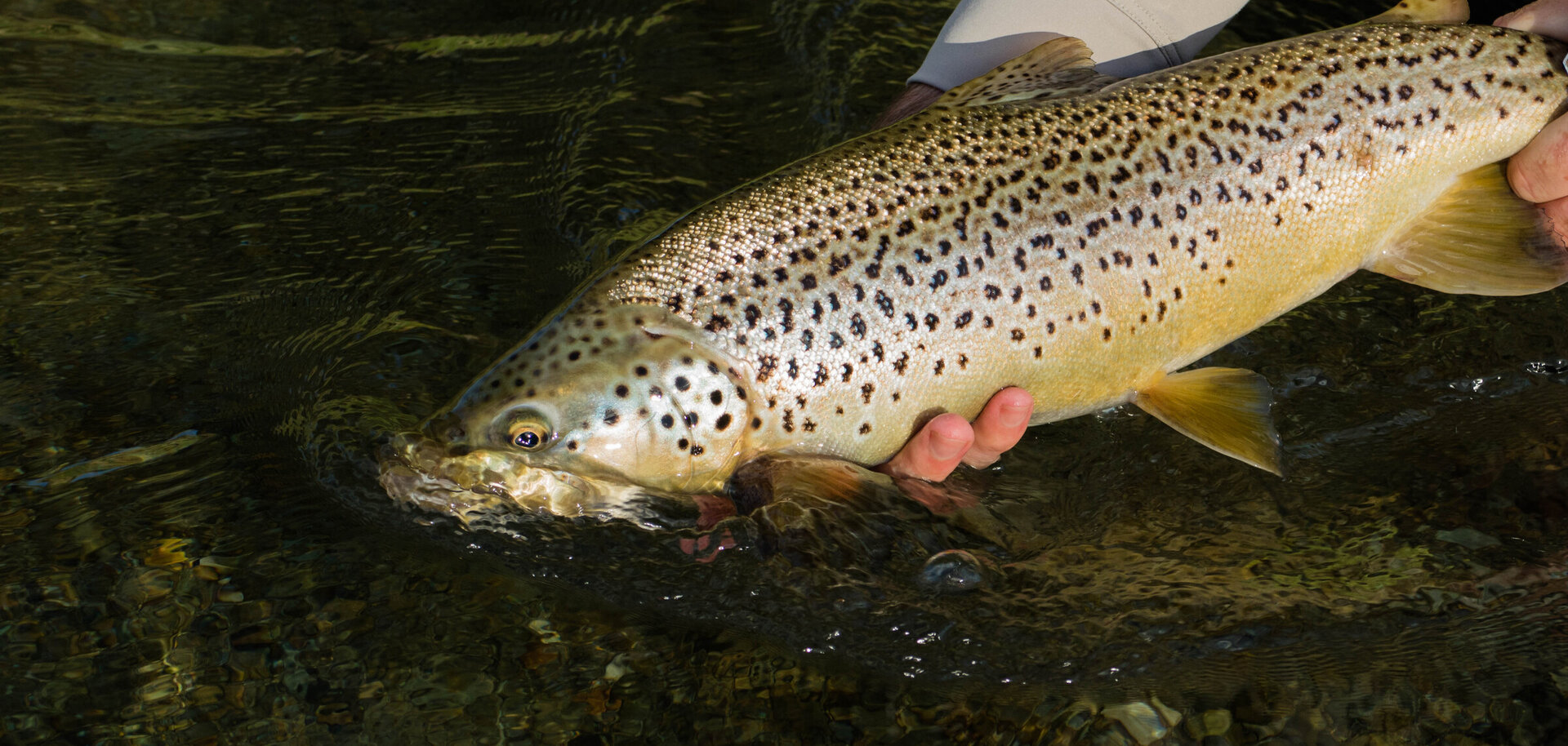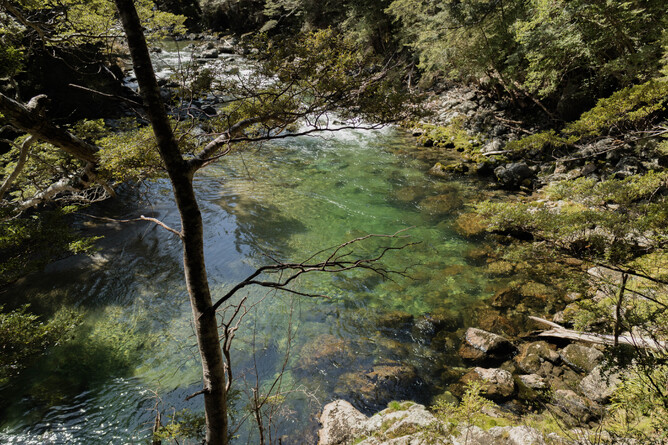You spot a feeding fish in New Zealand gin-clear waters, feeding like crazy swinging side to side and rising to the surface. The excitement, your heartbeat quickens. You rush to get in position to deliver the cast. You've dreamt about this moment. Then all of a sudden, the fish is gone your heart sinks, and you wonder how on earth did the trout know your coming.
We have all been there, and it sucks, if it hasn't happened yet, it most likely will.
Let's go through a few ways to optimise your chances.
Heres a typical scenario, you get to a beautiful looking pool you are eager to see what's in it, you can see every rock on the bottom, so the fish must be easy to see, right? Usually, that's not the case. Brown trout, especially, are master at adapting to their environment, think of them as the chameleon of rivers. A lot of people will walk too fast past good water, believing there's nothing in it, only to get directly opposite to a fish to watch its tail drift away into deeper water along with their chances.
When you get to a piece of water, that has structure, cover, and a good food source. There will most likely be a resident fish living there.
SLOW DOWN, it's always worth sitting and waiting from a vantage point like a high bank or approaching from an angle where you have a backdrop for viewing into the water eg, a tree line or a mountain. Wait 8 mins and observe. Yes 8 mins is the golden time taught to me by Ken Hood who was an expert in targeting cruising trout in still water. During this time, assess the structure of the pool, look at foam lines, long dark shapes, objects that could be diverting flow, and let the trout give up its whereabouts. A lot of times, they can be shrouded by currents, and all it takes is a little window of clear water to spot. Taking time to observe the micro currents by watching what is coming down in the drift and where it ends up will give you the info as to how your fly will behave when placed in different parts of the flow.
Remember you are not casting at a trout but to a piece of water that is going to take your offering to the target.
How to spot trout before they spot you
Trout in rivers always face into the current unless feeding in slower water eg, back waters and oxbows, where they cruise around foraging for their food. With this in mind, it is usually better to approach from a downstream position. This will increase the chances of us seeing the fish first. Having eyes on the side of their head trout do have good vision above and behind them to some degree. A slow approach using cover to our advantage can increase our chances significantly.
Naturally, we are always above the fish. If you have ever swum to the bottom of a pool and looked up, you'll realise that backdrop is usually the sky, which can leave a rather vivid silhouette of anyone passing by. Trout being the apex predator in our waterways, most of the danger comes from above whether its fisherman or birds, so they are highly alert to anything out of the ordinary. This is why a slow approach, natural coloured clothing, and using the existing surroundings as cover will be advantageous.
When walking up the river, stay at a distance from the bank where only your head is visible to the water you are scanning. This can allow you to get closer, and some cases side on the fish without spooking it. Very useful on cloudy days in open valleys when spotting is tough due to glare on the water and you have to change your angle of approach to see in. Stay back and be still. Now we know how to approach trout in New Zealand's gin-clear waters, next post I will go through the types of water you are more likely to find feeding trout, until then, tight lines.
New Zealand gin clear waters:



